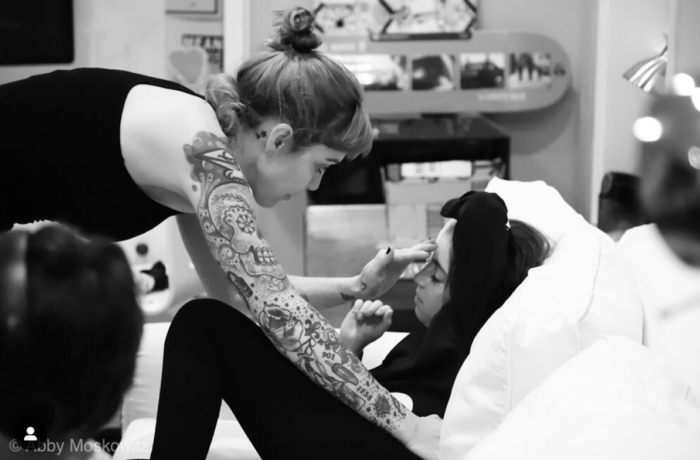In the quest to find more work-life balance, could it pay to look at professions where the wage gap between men and women is lowest?
In a new report by a Harvard economist that looks into factors that might narrow the gender pay gap, there’s an interesting revelation: One of the main characteristics of professions with smaller gender wage gaps is worker flexibility in terms of when and where people work. The author says that flexibility in general is key to eliminating the pay gap overall.
Bingo! Looking to change careers to find more flexibility or as you look to get back into the workforce? Take a look at this wage gap chart and start at the bottom, where there’s apparently total pay equity for H.R. specialists and advertising sales people.
Of course it’s not all rosy news. In her report the professor, Claudia Goldin, finds that there’s little gender pay equity in some of the highest paying professions like finance (i.e. professions that value face time).
That said, the average salary for a pharmacist is $115,000, and this profession enjoys one of the smaller pay gaps. Goldin highlights that occupations where “employees can easily substitute for one another” seem to have a leveler pay playing field.
And in what could help push more women into STEM, Goldin finds that women in tech (where salaries can also be high) make 89% of what men make — an “unusually small” gap as the NYT headline reads. By comparison, the average over the past 10 years in all professions is at 77%. And some predict will take 50 — yes FIFTY — years for women to reach pay parity.
Of course there are nuances in all of this to be considered. Silicon Valley’s culture isn’t exactly known for always being hospitable to women. But Goldin’s tech examples stretch beyond the Valley as technology of all kinds permeates almost everything we do these days — and serves in many cases as the tool that supports the when and where of working flexibly.






